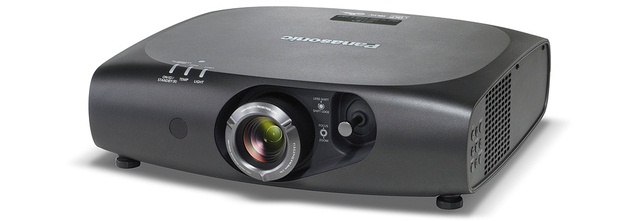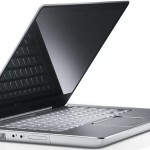MTN South Africa has once again emerged as the country’s top-performing mobile network, securing the highest score in the Q2 2025 MyBroadband Network Quality…
Panasonic PT RZ470: look ma, no lamp
Every few years in the projector market, something innovative comes along and benchmarks the next few generations of machines. The latest innovation is from Panasonic and has pushed a major shift into the thinking of projector manufacturers.
Now you can buy a projector (the Panasonic PT RZ47), or at least in January 2013 you will be able to, and never have to replace the goddamn lamp, because it doesn’t have one. Thanks to the development of Panasonic’s LED/laser combination light source, this latest beauty, using its DLP optic engine, will give you an admirable 3 000 ANSI lumen image and you can keep looking at that image for — wait for it — an approximate 20 000 hours. That’s pretty impressive. Add to this a contrast ratio of 20 000:1, giving deep black and full HDMI (1080) compatibility and you are the proud owner of one high spec’d and innovative projector. And you’ll never need a new lamp. Hallelujah!
Is that an elephant hanging from the ceiling?
First things first though. This unit is not primarily intended for the home theatre or light weight corporate market. Launched only in June this year at InfoComm and shipping to market only taking place in Q4 of 2012, this bonny 10kg (yup folks, 10kgs!) is bound to make a scene. Ostensibly intended for the corporate staging markets, the unit also features unusual applications such as Edge Blending (which allows you to seamlessly create a video wall with multiple projectors), Multi–unit Brightness control and 3D capability. Then of course, there is DICOM rendering, which allows medical practitioners to easily view X ray photos via the projector. So now you can check out all those old X -rays of your gall bladder or rugby injuries in the comfort of your own home. If you want to, that is. There is also what is called “Portrait Mode Compatibility” allowing for 360 degree installation and portrait mode onto almost any projection surface.
A joy to behold
A projector with a joy stick! It’s true. Right there, in the front of the unit. This allows you to adjust lens capabilities and control vertical and horizontal shift of the image, thus negating any need to move projector ceiling brackets around for reinstallations. This, plus a 2X zoom capability make the unit highly versatile for projecting in a host of environments. Because the unit no longer houses a conventional lamp, heat dissipation is negligible and there is no longer any fan noise to contend with. Switching the unit on and off is also a breeze, as the light source from the optic engine is almost instantaneous, with no warm up or warm down time required. You will also need a little less juice to run this boy and power consumption sparks in at about 0.4W. The optic engine is intelligent and features “Daylight View Basic “ technology, which means that the projector is able to read the amount of ambient light in the projection venue and then adjust the lumen output accordingly.
Make the circle bigger
As mentioned, the PT – RZ470 is designed for larger venue application and video wall productions. Its Multi Projector Monitoring and Control Software allows multiple projectors to be managed together over a wired LAN or RS – 232C setup. Once again, the mighty VGA cable now has competition and Panasonic have added a digital link, which is powered by HDBaseT technology. This allows HDMI and other full uncompressed HD video signals, audio and control commands to be sent via a single CAT5e/6 LAN cable. Permissible distance signal transfer over these networks is approximately 100m (328 ft.). For control purposes, the unit is compatible with optional ET – YFB100 or other switchers with HDBaseT chipsets, such as Crestron’s Digital Media 8G+, Extron’s XTP Systems and AMX’s DGX Digital Media Switchers..
The usual list of groceries
Some things, however, remain the same. The PT–RZ470 will convert resolution to 1920×1080, display an aspect ratio of 16:9 and support a full 1080 HD input. Horizontal keystone correction, DVI analogue in, DVI digital in, HDMI in, RCA, VGA, audio in and out, digital link in, serial in plus a 3D sync out, complete the port structures at the back of the set.
In all, an interesting development in the market. There is obviously no UX available to report on yet, but once the unit is on the shelves, we will test and do a report back. It will be nice to see the same optic engine technology being transferred into more corporate and home theatre units though.


